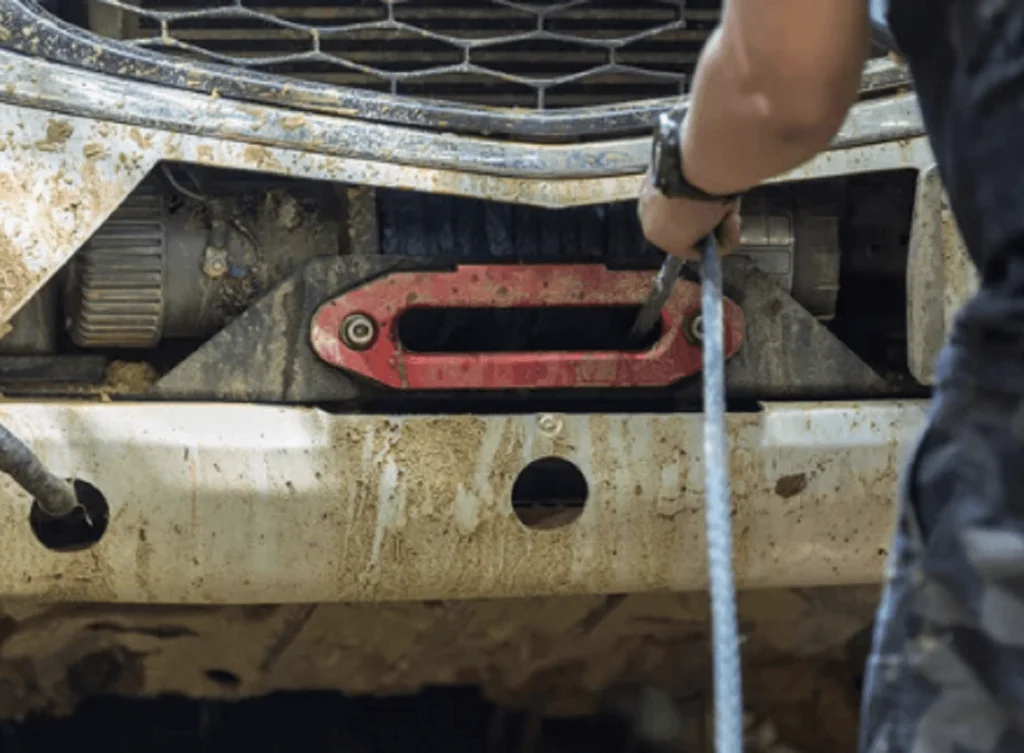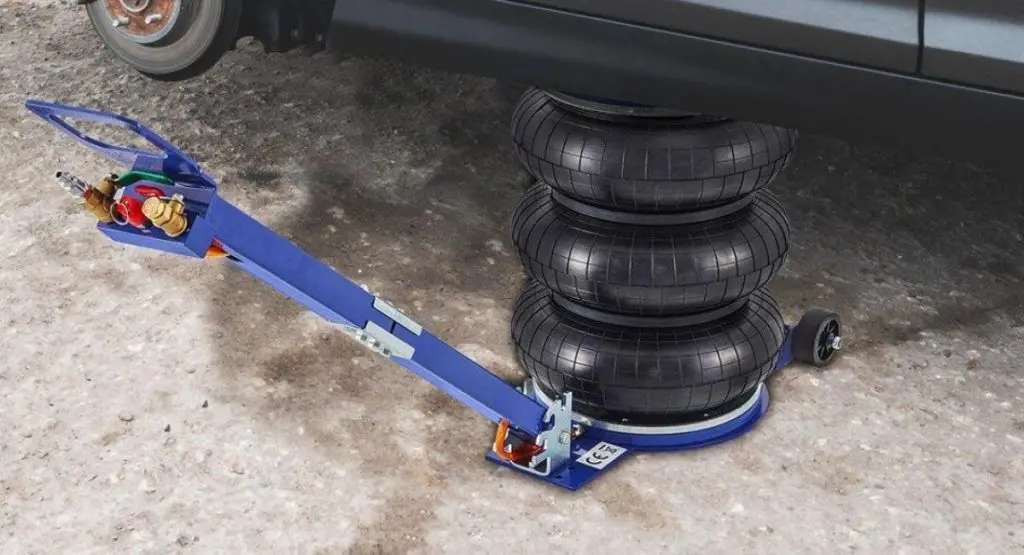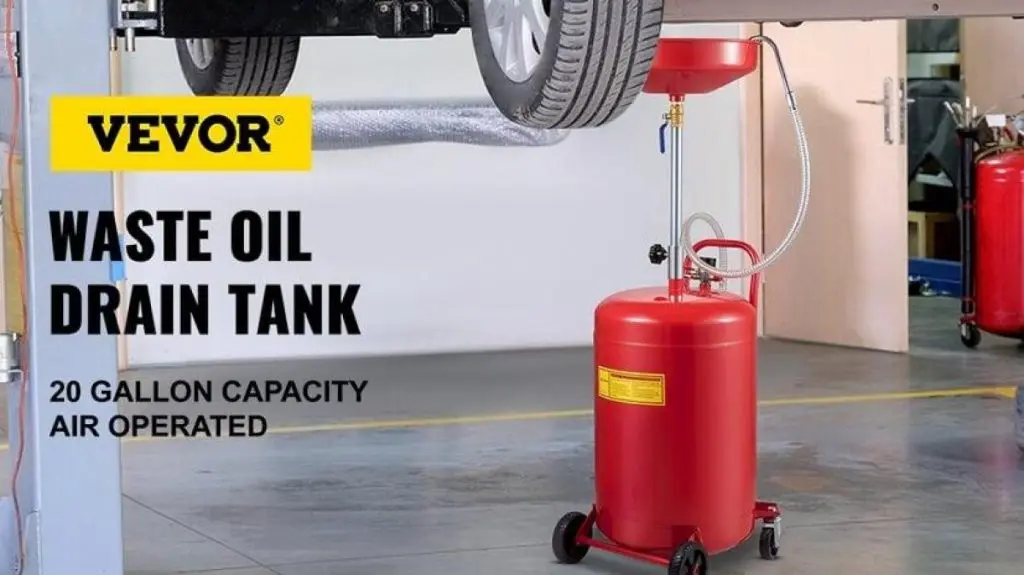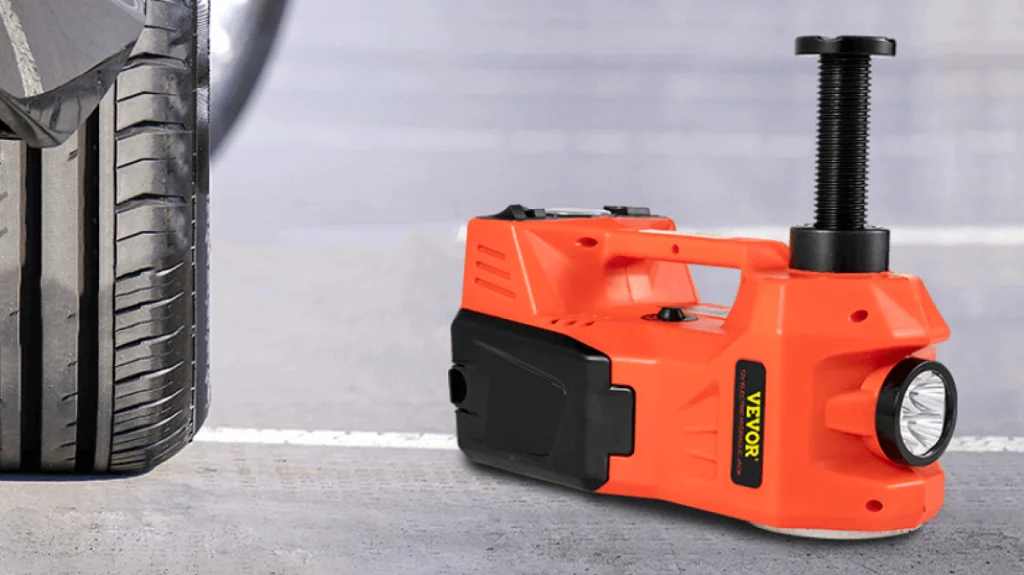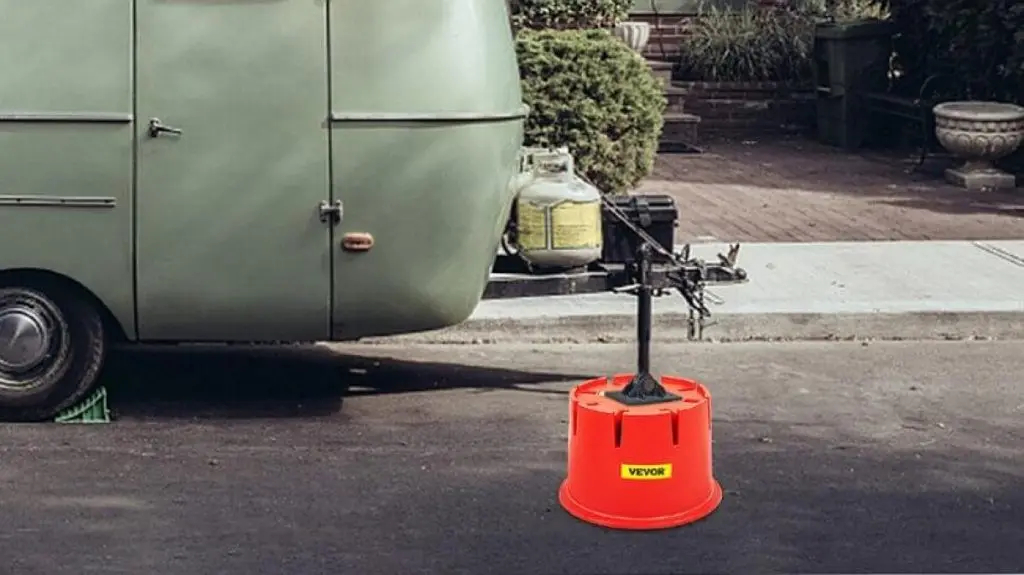Purchasing recovery equipment might not be as thrilling as upgrading to 40s, remote-reservoir dampers, or bead locks. But a good winch and its related parts are among the most important elements of any wheeling setup. Even the most skilled wheelers operating well-built rigs have the potential to become completely and hopelessly stranded on the route. All it takes is one misplaced line, shifting boulder, or misguided direction from a spotter.
We’re here to remind you not to be like some drivers who would sooner shatter an axle shaft or destroy their transfer case than pull out the winch line. No amount of pride is worth blowing up your vehicle on the trail. Now, it’s important to fully understand how to use the winch, the required accessories, and how everything functions together before pulling out the winch. Fortunately, our VEVOR electric winch specialists are available to go over all of this important data. So, let’s get to it.
Table of contents
Winch Anatomy 101: Know Your Tools
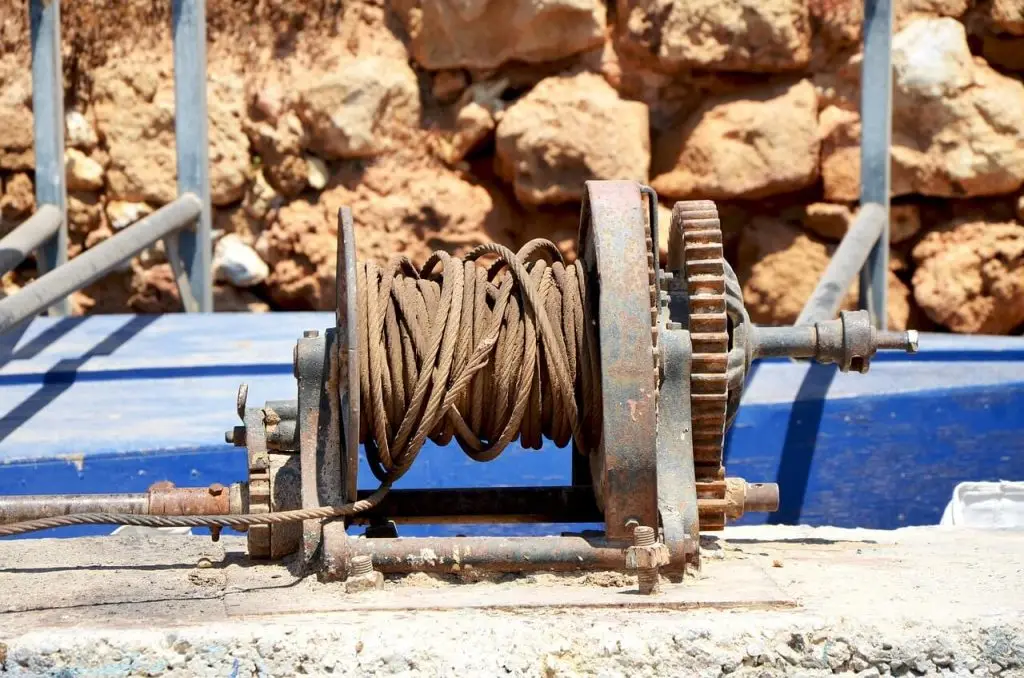
Winches are complex devices with numerous moving parts. A winch is made up of a motor or crank, a revolving drum, rope, gears, and some extra parts. Let’s find out more about these parts.
The Motor
A winch can use one of two kinds of direct current (DC) motors. A permanent magnet motor is the first. This motor does not have field coils; instead, it runs on a magnetic field. A PMDC motor is more appropriate for light to medium winching, even if it consumes less battery power. A magnetic field is produced by field coils in a series-wound motor. This motor is quite effective and strong. It costs extra, but it works well for heavy winching. VEVOR winches offer consistent power and perform as a powerhouse behind the winch’s pulling force.
The Drum
One part of a winch is a drum. To draw large objects, a cable is wound around the motor-attached drum. The cable can be brought in or released out by turning the drum in both directions.
The Gear Train
The gear train in a winch is crucial as it translates motor power into pulling strength. It consists of a series of gears that adjust the speed and torque of the winch’s motor to provide the necessary pulling force. Gear ratios are a key component of the gear train. They determine the balance between speed and pulling capacity.
A higher gear ratio means greater pulling power but slower line speed. Conversely, a lower gear ratio provides faster line speed but less pulling strength.
The Brake
The brake is essential for safety and holding loads in place. In electric winches, automatic brakes are particularly important. These brakes engage automatically when the motor stops and ensures that the load remains secure from slipping back.
This feature is essential when winching on steep slopes or holding a load in a fixed position. Automatic brakes maintain control over the load without constant manual intervention during winching operations.
The Remote Control
You can use a winch safely from a distance with a remote control. This tool allows you to operate the winch while maintaining a safe distance from the vehicle and load. VEVOR winches feature user-friendly remote options to make winching operations more convenient.
With a VEVOR remote control, you can easily engage and disengage the winch, control the line speed, and monitor the process from a safe vantage point. This ensures precise control and enhances safety during recovery and other winching tasks.
Before You Winch: Crucial Preparation Steps
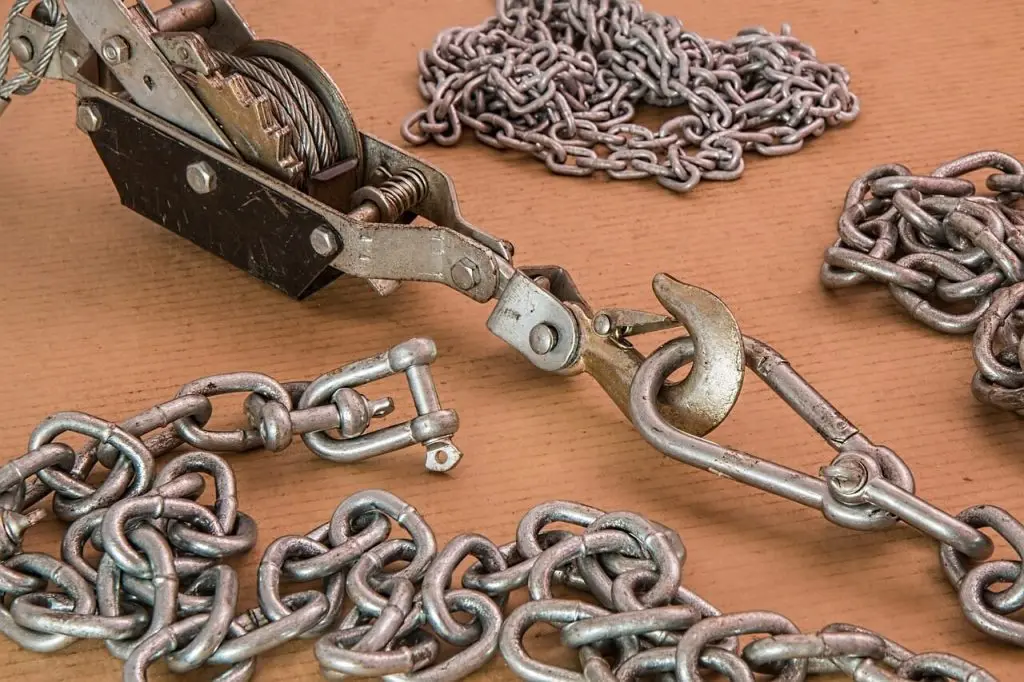
Winching can be a dangerous process if you do not use safety precautions beforehand. So, if you want to learn how to work a winch, you must first learn its crucial preparation steps.
Safety First, Always
Safety always comes first. You need to use personal protective equipment to make sure you don’t get hurt while winching. This includes gloves, eye protection, and sturdy footwear.
Next, you must remove any obstacles and bystanders in the way to prevent any injuries. Then, it’s time to inspect your winch and check for damage to the cable, hook, and other components. You must repair any damage if you find any. Another important thing to remember is to engage your vehicle’s parking brake and put your transmission in neutral.
Choosing Your Anchor Point
If you want to be able to get unmired, you should winch to something hefty and strong. It makes sense to winch to another vehicle if you are on a hike with someone. Assuming the rig is the same size as yours or bigger, it should be placed in front of you where it may serve as an anchor and have powerful recovery points.
If not, you can use your tree saver strap to winch to a tree or a big rock. Make sure the tree or rock can hold the weight of your car and is firmly anchored enough that you won’t be able to pull it toward you.
When there’s nothing else to use as an anchor point, you might want a land anchor in the sand or mud. The ideal anchor point should allow you to pull straight in the direction that the vehicle is traveling. When the rope is spooled in, a straight pull enables it to coil uniformly and tightly onto the drum. Although it can appear inconvenient, an anchor point farther away will allow the winch to draw more rope off the drum, giving it maximum pulling strength.
How to Operate a Winch: Step-by-Step Instructions
Now, that we’re clear on the safety tips, we can move on to how to operate a winch with a step-by-step guide.
Attaching the Winch Hook
First, you need to identify the right recovery points on your vehicle. These are usually reinforced areas designed to withstand the stress of winching. Common recovery points include frame-mounted tow hooks or dedicated recovery points provided by the vehicle manufacturer. Avoid attaching the hook to non-reinforced areas like bumpers or suspension parts because they can fail under load.
To attach the hook, open the safety latch and slide the hook onto the recovery point or strap loop. Make sure that the hook is fully seated before closing the safety latch. This prevents accidental disengagement during winching. D-rings and shackles provide added safety in winching operations. You can use them when direct attachment of the hook isn’t possible or when connecting multiple recovery points.
Spooling Out the Cable
Engage the free-spooling mechanism to release the drum for quick cable payout. Find the clutch lever, which is usually located on the side of the winch. Turn the lever to the disengaged or free-spool position. This gives the drum complete rotational freedom, allowing you to manually extract the cable. To avoid tangles and kinks, walk the cable to the necessary length without making abrupt motions.
It’s important to keep the cable taut during payout. A loose cable can result in tangles and uneven spooling, which can cause damage and reduce winch efficiency. As you pull out the cable, apply light tension by holding it with a gloved hand. This helps ensure the cable spools evenly on the drum when you reel it back in.
You should aim for a straight pull whenever possible. An angled pull increases the load on the winch and the cable, reducing efficiency and potentially causing damage. Position your vehicle or recovery point to minimize the angle. If a straight pull isn’t possible, use a snatch block to change the direction of the pull while maintaining proper cable alignment.
A snatch block is a pulley device that can double the pulling power and reduce strain on the winch.
Engaging the Winch
You can engage the winch using a reliable remote control. Connect the remote to the winch and stand at a safe distance. This distance allows you to monitor the winching process while staying clear of potential hazards. Begin by engaging the winch motor using the remote control, ensuring smooth and controlled cable tension.
Avoid overheating the motor by winching in short bursts because continuous operation can overheat the winch motor and lead to failure. Winch for 30 to 60 seconds, then allow the motor to cool for a similar amount of time. This intermittent operation protects the motor and ensures reliable performance.
Keep an eye on cable spooling and vehicle movement. Watch the cable as it winds onto the drum, ensuring it lays evenly without crossing over itself. Monitor the vehicle’s position and movement to ensure it’s being pulled in the desired direction. If you notice any issues, stop winching immediately to assess and correct the problem.
Disengaging and Spooling In
Once the recovery is complete, it’s time to rewind the cable neatly and safely. Engage the clutch lever to the locked position, reconnect the remote control if necessary, and slowly spool in the cable using the remote. Maintain light tension on the cable to ensure it wraps evenly around the drum. Avoid letting the cable pile up on one side, as this can cause damage and reduce efficiency.
After spooling in the cable, conduct a post-winch inspection. Check the cable for any signs of damage, such as frays, kinks, or broken strands. Inspect the hook, D-rings, and shackles for wear and ensure they function properly.
Examine the winch itself for any visible damage or signs of overheating. Regular maintenance and inspection ensure your winch remains in optimal condition for future use.
Advanced Winching Techniques
How do you use a winch depends on your learning capabilities and expertise. However, there are some advanced winching techniques that you can use to get additional power.
Double-Line Pull
A double-line pull is an advanced winching technique used to increase the pulling power of your winch, making it ideal for heavy loads or difficult recoveries. This technique involves using a snatch block, which is a pulley device that allows the winch cable to be redirected. It helps in doubling the winch’s pulling capacity.
One vehicle can draw another without needing to be in line with its winch if they are positioned side by side. Put on your math pants for this type of pull. It’s a good idea to learn how to use the 25,000 lb. rated snatch block that most kits will include. Pulling from angles that are impossible to do in a straight line is the most basic application.
In essence, the snatch block doubles back the lines while distributing the load’s weight across them all. To “double” the power, or divide the load across the two lines, one can use a single snatch and hook the line back to the winching truck.
Self-Recovery Winching
Self-recovery winching is an essential technique when you find yourself stuck and without another vehicle to assist. Anchoring to a solid point, such as a ground anchor, is a crucial part of this process.
When natural anchor points like trees or rocks are unavailable, a ground anchor becomes invaluable. Ground anchors are designed to dig into the ground and provide a stable point to which you can attach your winch.
Troubleshooting Common Winch Problems
Winches are essential instruments used in many different fields, such as building, hauling, and off-roading. But just like any mechanical equipment, winches can develop problems that impair their functionality. So, when you learn how to use winch, you must also learn to tackle common winch problems.
Overheating Motor: Solutions and Prevention Tips
A winch motor that is used heavily and continuously may overheat. When using it for an extended period of time, let it cool down before continuing, and think about employing a motor cooling fan.
Cable Tangles: How To Untangle and Prevent Them
Cable tangles can significantly impair the efficiency of your winch and may even lead to damage or unsafe winching operations. To untangle a winch cable, engage free-spool mode. Gently loosen tangles by hand. Re-spool evenly under tension.
You can prevent tangles by spooling under tension and avoiding angled pulls. It is also important to regularly inspect and clean the cable to keep it in proper shape.
Winch Won’t Engage: Troubleshooting Electrical or Mechanical Issues
If your winch won’t engage, check for electrical or mechanical issues. Ensure the power source is connected and working. Inspect the control switch for damage or loose connections. Check the motor and gearbox for debris or damage. If necessary, consult the user manual or a professional for further troubleshooting.
VEVOR Electric Winch: Why It’s the Right Choice
VEVOR is a reliable brand when it comes to winches because it offers excellent support and customer service. With its robust construction and powerful motor, VEVOR’s electric winch tackles tough jobs effortlessly. It also offers user-friendly features like remote control operation and a durable design for off-road adventures and industrial applications.
You can trust VEVOR for your winching needs because it provides a wide range of winches for multiple applications.
Key Features & Benefits
- Powerful motor for reliable pulling.
- Durable construction for long-lasting performance.
- User-friendly remote control.
- Variety of models to suit different needs.
- Safety features like automatic brakes.
Customer Reviews & Testimonials
Don’t just take our word for it. Check out the customer reviews and testimonials for VEVOR:
“I recently purchased the VEVOR Electric Winch for my off-road adventures, and I couldn’t be happier. It’s incredibly powerful and has helped me out of some tough spots. The remote control makes operation a breeze, and the build quality is top-notch. Highly recommend!”
– Mark S.
“After extensive research, I decided on the VEVOR Electric Winch for my towing business, and it hasn’t disappointed me. The reliability and performance exceed my expectations, and my clients are impressed with its strength. It’s become an essential tool in my arsenal, and I wouldn’t hesitate to recommend it.”
– Sarah T.
“I’ve been using the VEVOR Electric Winch for my off-road adventures for over a year now, and it’s been a game-changer. From pulling my Jeep out of mud pits to hauling heavy loads, it handles everything with ease. The durability and ease of use make it a must-have for any serious off-roader.”
– Jake R.
Conclusion
Improper usage of a winch poses a serious risk to safety. It is essential that car drivers with winches receive enough training in their safe deployment and operation. Winch use in an emergency will be safer and more expertly executed with regular training and practice. Make sure you follow precautionary measures like wearing gloves and finding a safe anchor before you start the winching operation. Don’t forget to explore VEVOR Electric Winch models for your winching needs.

